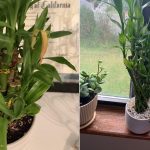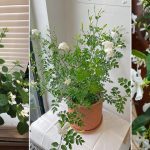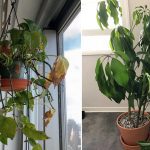These watering mistakes can kill your plants, leaving no chance of recovery or regrowth, transforming your garden into a wilted memory!
Watering is undeniably the most important aspect of gardening that can make or break your game! Here are the most fatal watering mistakes that you must avoid at all costs!
Watering Mistakes That Are Killing Your Plants
1. Overwatering
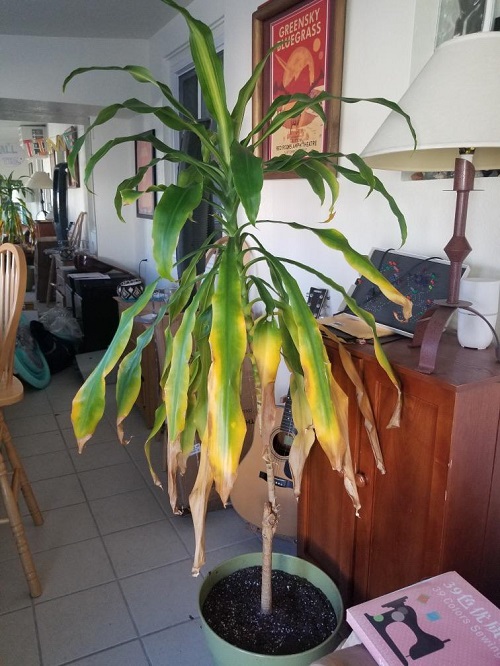
This is perhaps the most common mistake of overcaring gardeners as they tend to water the plants for every other tantrum the plant throws. Overwatering leads to waterlogged soil which cuts off oxygen supply to the roots, depriving them of all the essential nutrients for survival. It also creates the perfect environment for fungal infections and pest invasions.
Signs
Look for yellowing leaves moving inward from the edges, soft and mushy stems or roots, and a damp, musty smell from the soil.
Solution
Always touch the medium before watering a plant, and water only when it feels dry to touch. Don’t go all in then and there, and use a chopstick to dig a bit deeper. If it comes out muddy, then you might want to wait for a few more days before watering it.
2. Underwatering
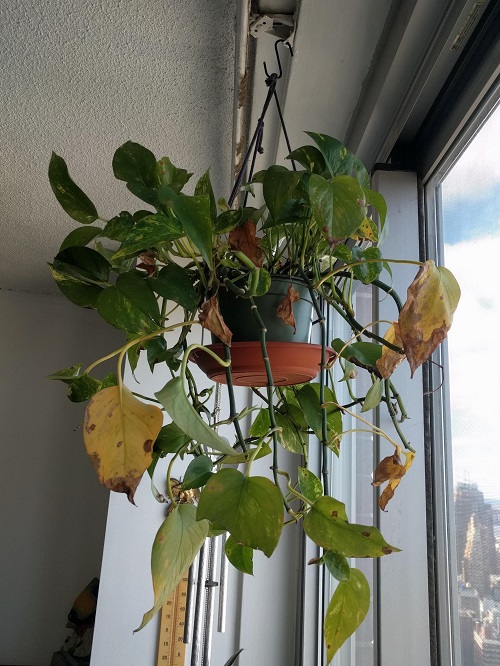
A typical trait of forgetful or busy gardeners is neglecting the plant’s needs and leaving long gaps between their watering schedules. When plants don’t receive enough water to photosynthesize, their health suffers, resulting in slow, stunted growth.
Signs
Dry, crispy, brittle leaves with brown edges are prone to falling off, especially from the lower part of the plants. Plus, the medium should look extremely dry and cracky too.
Solution
Always follow a deep watering routine whenever the medium feels dry to the touch. Saturate the medium completely and let it drain out from the bottom so the roots get enough moisture to meet their needs.
3. Using Cold/Hot Water
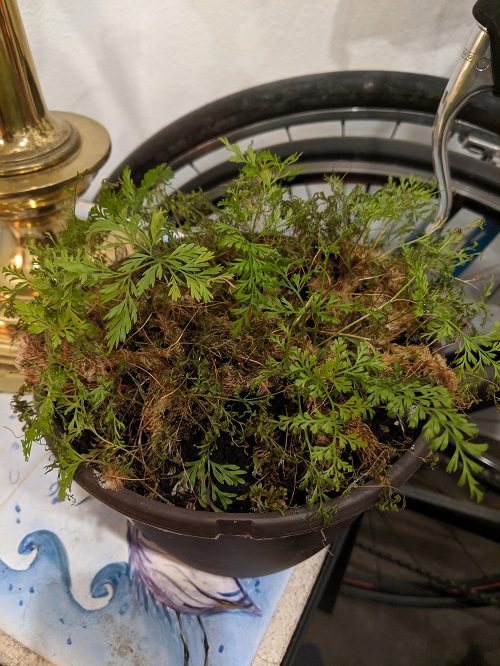
Using water that’s too hot or too cold for your plants can lead to some serious issues. Hot water might scald the roots, damaging the delicate tissues necessary for water and nutrient uptake. On the other hand, cold water can shock a plant, particularly those sensitive to sudden temperature changes.
Signs
you’ll notice symptoms like wilting, stunted growth, and in severe cases, the plants may even die. Additionally, you might see the edges of leaves drying out or the plant starting to bolt prematurely.
Cold water damage, on the other hand, is usually marked by leaves dropping off, changing color, or curling inward as the plant tries to protect itself from the cold shock.
Solution
First things first—trim out the affected plant parts.
To handle heat damage, keep the soil evenly moist using room-temperature water, and prune any browned or damaged leaves and roots to prevent further stress. Avoid direct sunlight until the plant has fully recovered. Always check the water temperature with a thermometer before watering to prevent future incidents.
For plants affected by cold water, move them to a spot with bright, indirect light and increase the surrounding humidity to help recovery. Trim any damaged foliage. In the future, always make sure the water temperature is suitable before watering to avoid shocking your plants with cold temperatures.
4. Overhead Watering of Houseplants
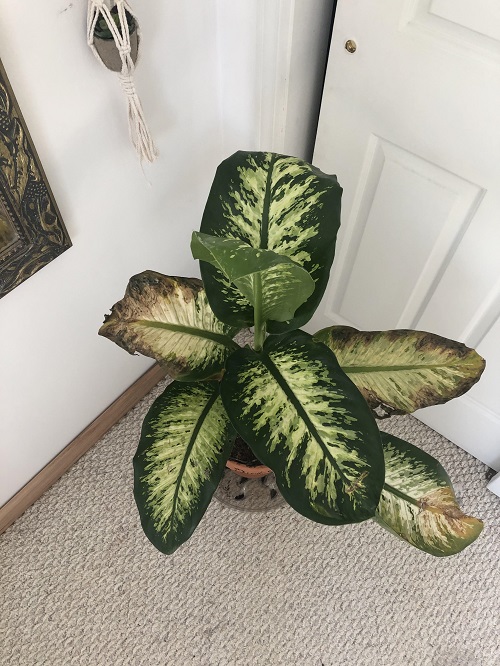
Overhead watering might seem quick and easy, but it can lead to some troubles for your houseplants. When you water from above, the leaves get wet first. This can be problematic, especially for plants with textured leaves that hold onto moisture, as they don’t dry quickly. The lingering dampness can promote fungal diseases like leaf spots or even lead to rot, particularly if the water sits on the leaves under direct sunlight.
Additionally, a strong flow of water can disrupt the growth of new shoots or damage delicate seedlings. Another downside is that this method often doesn’t evenly distribute water to the roots, where it’s most needed.
Signs
You will start to see rotten leaf spots in your plant due to the accumulation of water droplets as they evaporate easily. This is more common for houseplants, as they are not exposed to much sunlight.
Solutions
Water thoroughly directly into the soil of your plant and let the excess completely drain out from the pot.
5. Ignoring the Weather Conditions

If you stick rigidly to a watering schedule without considering the changing weather conditions, you might end up overwatering or underwatering your plants. This rigid approach overlooks critical factors such as seasonal variations in sunlight exposure and humidity levels, which greatly influence your plant’s watering needs.
During warmer months, your plants may require more frequent watering due to higher temperatures and increased sunlight, whereas in cooler months, they might need less.
Signs
You must look out for signs like yellowing leaves, wilting despite most soils, blackened or mushy roots, fungal diseases, foul smell from the soil, and even mildew on leaves.
Solution
Improve air circulation within the plant’s root system and soil, prune off damaged leaves, and treat the plant with fungicide in case of diseases. Water plants with water of an ambient temperature and ensure proper, well-draining soil. You must also use a moisture or soil meter to know when the soil is too dry and when your plants need water. Plants will need less water in winter than in summer.
6. Not Learning about Plant Needs

Each plant has specific watering needs, and when plants are not watered adequately according to these needs, they can experience stress, leading to potential root damage and stunted growth.
Signs
You might see browning foliage with dry and crispy leaves, wilting, slow or no growth, and soil becoming compact as it pulls away from the edges of the pot.
Solution
To address these concerns, it is imperative to research thoroughly what your plant needs, including a well-draining soil mix, adding mulch for consistent soil moisture, and sticking to a watering schedule. However, this schedule must be flexible, and you must adjust it to meet specific plant needs and environmental conditions.
7. Following Wrong Timings
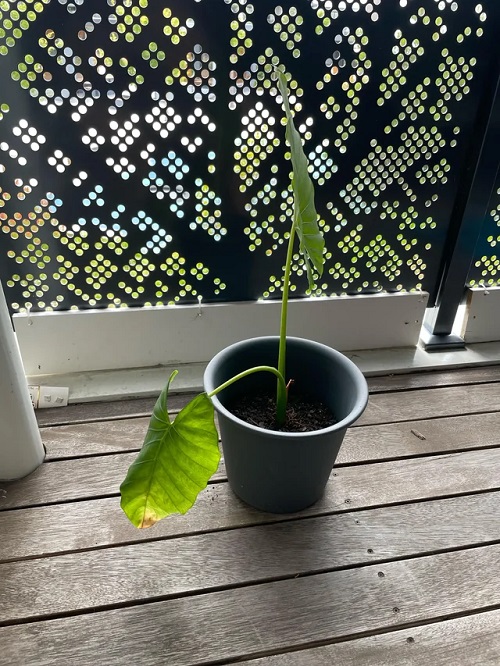
Watering your plants at odd hours can be just as disruptive as a midnight snack is for your sleep cycle. Odd-timing watering can interfere with the natural rhythms of your plants, making it harder for them to absorb nutrients effectively and increasing their vulnerability to diseases.
Over time, this mismanagement can lead to stunted growth, increased stress, and overall poor health in plants. While indoor plants are generally more protected from the vagaries of weather due to stable indoor conditions, this is an important consideration for those kept in areas with significant temperature fluctuations, like on a balcony or patio.
Signs
]Watering late in the day can cause water to build up in the soil as it won’t have enough time to evaporate. This leads to fungal diseases due to excess moisture on the leaves, giving pathogens a red carpet welcome. Other signs of poor health include wilting, yellowing leaves, and stunted growth.
Solutions
Water your plants early in the day to enable your plant to absorb moisture before the day starts heating up. Ensure you water your plant consistently while providing well-draining soil for optimal hydration and keeping fungal issues at bay.
8. Not Paying Attention to Drainage
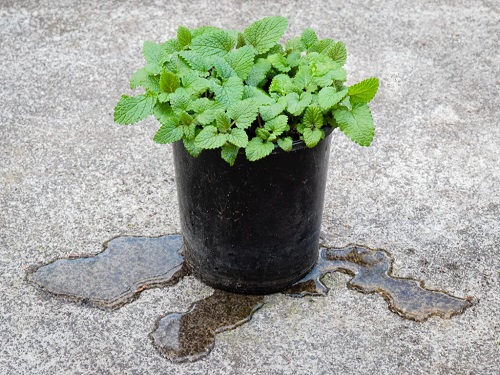
Poor drainage can be very damaging to your plant. Waterlogged soil can cause root rot in your plants, suffocating the root system, which ultimately stops allowing your plant to absorb the required water and nutrients. Ultimately, your plant becomes weaker. more susceptible to diseases.
Signs
Plants show yellowing leaves and wilting despite moist soil, adding to stunted growth. With standing water in the plant pot, you might also start noticing a foul smell from the soil due to rotting roots.
Solutions
Ensure all your plant pots have proper drainage holes and use well-draining soil mixes that promote aeration of the root systems. If necessary, you should repot your plants, trimming away all damaged roots and using a soil mix that allows proper drainage.
9. Using Softened Water
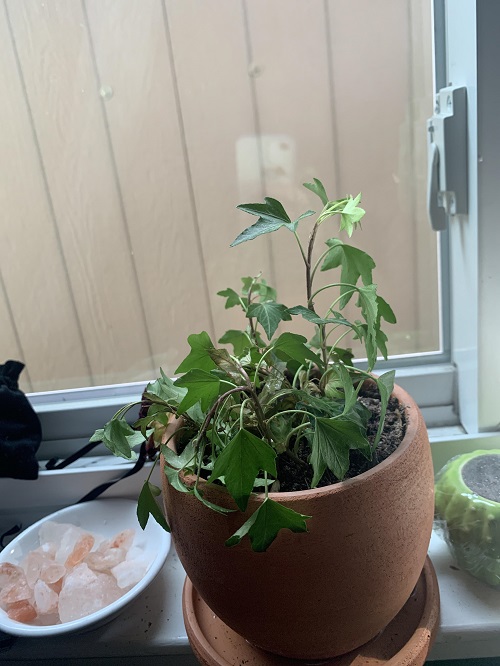
Softened water is not recommended for watering plants as it tends to contain high amounts of sodium. This can accumulate in the soil and ultimately prevent your plant from absorbing the essential nutrients, which, of course, affects the plant’s growth and health.
Signs
Plants that are overexposed to high amounts of sodium start showing yellowing leaves, which do not show any growth. You will also notice a white crust building up on the soil, which is actually sodium buildup.
Solutions
To mitigate sodium damage on your plant, go for alternatives like rainwater, distilled water, or even tap water when watering your plants. You should also practice leaving the soil regularly by flushing it with fresh water, which will help remove the accumulated salts in the soil.

